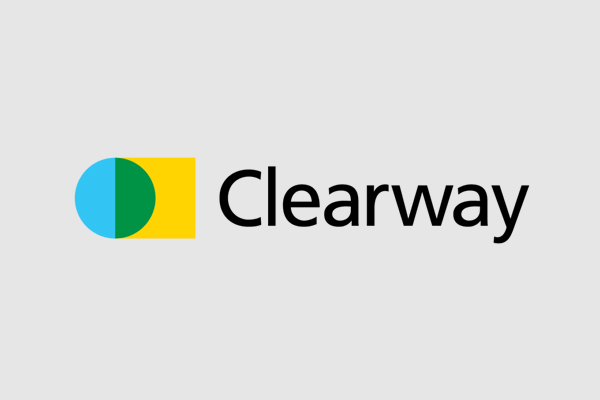- The company brought online three grid-scale solar power projects on the island of Oahu.
- The projects, including Hawaii’s largest, will help the state meet its 100 percent clean energy goal.
- Commercial operations at the three projects were launched today following a traditional Hawaiian blessing.
Hawaii — Clearway Energy Group (“Clearway”), in partnership with Hawaiian Electric Company, Kamehameha Schools, Moss Solar, and others, has brought online three grid-scale solar power projects on the island of Oahu that will significantly contribute to Hawaii’s goal of 100 percent renewable energy by 2045.
Commercial operations at the three projects were launched today following a traditional Hawaiian blessing.
“This successful partnership is helping Hawaii become less dependent on fossil fuels while becoming more energy independent, reducing pollution, and driving down the cost of electricity for our businesses and families. These solar projects are helping our state secure its energy future for generations to come,” said Hawaii Gov. David Ige.
The projects at Kawailoa, Waipio, and Mililani total 110 megawatts (MW) and will generate low-cost, renewable energy equivalent to that used by about 18,000 Oahu homes each year. The three projects represent the largest block of grid-scale solar power ever developed in Hawaii and together will contribute approximately 3 percentage points to Hawaiian Electric’s renewable portfolio standards (RPS) goal, which reached 27 percent at the end of 2018.
The projects were originally proposed by SunEdison and were acquired by Clearway’s predecessor at the end of November 2016 during SunEdison’s bankruptcy proceedings. In February 2016, as a result of SunEdison missing contract milestones due to its declining financial condition, Hawaiian Electric terminated the original power purchase agreements for the projects. Clearway and Hawaiian Electric ultimately renegotiated lower prices for the three projects.
“Building Hawaii’s largest block of solar projects would not have been possible without tremendous teamwork and dedication from all of our local partners,” said Craig Cornelius, CEO of Clearway. “We’re particularly grateful for HECO’s perseverance and commitment to these projects and are thrilled that they will now help power Hawaii with affordable clean energy for decades to come.”
“It’s satisfying to see these projects completed after such a long journey,” said Alan Oshima, President and CEO of Hawaiian Electric. “We were criticized at the time, but we knew we were doing the right thing terminating the original contracts because it allowed us to work with Clearway to ensure these important projects came online and provided better value to our customers.”
With the completion of Kawailoa Solar and in conjunction with Kawailoa Wind, Kamehameha Schools’ lands at Kawailoa are now home to the largest renewable energy operation in Hawaii. “This provides opportunities for Kamehameha Schools to steward these lands in a way that reduces Hawaii’s dependence on fossil fuels while bringing aina-based learning to haumana (students) in the region through collaboration and innovation as we work to fulfill our mission to improve the well-being of Native Hawaiians through education,” said Kaeo Duarte, Kamehameha Schools’ Vice President for Community Engagement and Resources. “We congratulate Clearway Energy and Hawaiian Electric for reaching this significant milestone.”
“It’s been a pleasure to work with the teams at Clearway Energy Group, Hawaiian Electric Company, and Kamehameha Schools, to bring these projects online,” said Moss Executive Vice President Mike Little. “We are proud to have been part of projects that will not only help Hawaii reach its 100 percent renewable energy goal, but that will impact the state for years to come.”
The three projects are:
- Kawailoa Solar – The 49-MW Kawailoa Solar project uses nearly half a million solar panels and is the largest solar project in the state to date, sited on former sugar cane land owned by Kamehameha Schools. Adjacent to the state’s largest wind farm on the North Shore of Oahu, Kawailoa Solar shares existing roads, substation, and transmission lines with the wind project. Clearway is working with local ranchers to allow them to graze sheep for vegetation management of the project site. And as part of Clearway’s multi-year commitment to community programs, Kawailoa is hosting local and mainland internships and programs for students in renewable energy education in partnership with Blue Planet Foundation and Kamehameha Schools.
- Waipio Solar – The 45.9-MW Waipio Solar project consists of over 160,000 panels on former cattle pasture owned by Clearway in Central Oahu. The Waipio project will also use sheep grazing during operations to help to manage vegetation while supporting local agriculture.
- Mililani Solar II – The 14.7-MW Mililani Solar II project consists of over 150,000 solar panels and is constructed on former pineapple land owned by Clearway. Located within the Mililani Agricultural Park, the project operates alongside active farming operations.
All the power generated by the three projects feeds into the Hawaiian Electric grid for the benefit of all customers on Oahu.













Comments